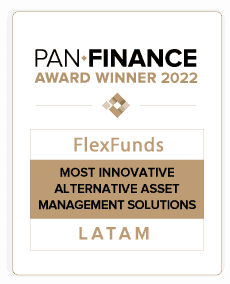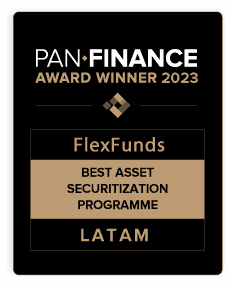SPV stands for Special Purpose Vehicle. It is also called a Special Purpose Entity. As its name suggests, it is an entity created for a specific purpose. They are societary vehicles utilized in financing operations for specific projects.
But how is an SPV formed, why is it a special purpose vehicle, what is its economic function, how is it controlled, and who manages it? Here are the answers to the true meaning of an SPV.
What is an SPV investment vehicle?
An SPV is nothing more than an entity created by a different entity, called a sponsor or parent company, to carry out a specific “purpose” and with the attribution of a series of goods or assets.
Thus, its activity is delimited and clearly defined: it is set up to execute and exploit a specific project. It allows the isolation of the assets and risks inherent to the project through a series of contractual and corporate formulas.
In a broad sense, an SPV is identified as a business investment vehicle. But what is an investment vehicle?
Simply put, it is a method or structure used to make raising capital more efficient.
In this way, these entities serve as a mechanism for channeling the investments of a given project without their risks influencing the parent company’s balance sheet (and vice versa).
Although they may have other functions, they are beneficial as a conduit for structuring an asset securitization process. Public institutions also use them to provide certain services or execute a specific civil work.
In short, if we had to summarize the primary purpose of an SPV, we would say that it is the creation of an autonomous structure to carry out a specific purpose, generally of a financial nature (although it can also be entrepreneurial).
As an SPV, special purpose vehicles can cover a wide range of sectors, depending on the field or subject matter in which the promoting entity has expertise or interest.
How is an SPV formed?
An SPV is constituted as a completely autonomous entity from a legal point of view. Consequently, its balance sheet must not be consolidated with the project promoter.
In addition to delimiting its activity, in the first instance, the sponsor must provide it with the founding patrimony by transferring the necessary assets. For this purpose, some contractual agreement is made. Generally, a trust is established.
In this way, the sponsor maintains particular economic interests in its favor and remains active in the project. However, it does not adopt the position of partner or administrator, remaining outside the risks and responsibilities.
Its shareholding structure and its relationship with the sponsoring entity will be established according to the corporate and statutory agreements.
Even though an SPV adopts the figure of a legal entity, the integration of human resources may be nil. Moreover, it is common for it to be set up as an orphan company, with the promoter providing the know-how and a Portfolio Manager in asset management.
Thus, the idea is to create an entity with patrimonial autonomy and a specific economic activity under the sponsor’s control. In this regard, the greater or lesser operating margin and the degree of control must be considered.
Although the articles of association may stipulate that the SPV has a fixed duration, this is usually linked to the existence of the assets. Thus, an SPV is useful for complex and long-term financial operations.
The establishment of the domicile is a relevant aspect for tax and regulatory reasons.
Example: What does an SPV allow you to do?
Suppose a firm is interested in carrying out a Real Estate project. It has a portfolio of real estate assets but needs investors.
Due to the illiquid nature of real estate, it isn’t easy to establish relationships with investors. In addition, the project risk is intertwined with your activities and makes it difficult to obtain external financing.
The solution is to set up an SPV and establish a separation of assets. This way, the entity frees its own project risk on its balance sheet. It acquires the capacity to carry out a process that allows it to raise capital more straightforwardly and economically.
The project’s financial risk is reduced by forming an SPV to that of the asset portfolio.
Furthermore, once the assets are isolated, the special purpose vehicle is in a position to use them as collateral to create and launch an efficient investment vehicle, acting as an issuer of listed exchange-traded products (ETPs).
In this way, illiquid assets are transformed into securities with greater flexibility, the possibility of global reach, and simplicity in trading.
Incorporating an SPV has become one of the most widely used formulas for issuing ETPs, contributing to developing real estate investment funds, private equity funds, and hedge funds.
However, as discussed in these lines, it is essential to specify the corporate and contractual mechanisms for each case precisely.
FlexFunds, an entity specialized in designing and creating investment vehicles, works with renowned international service providers to offer customized solutions.
We offer you the possibility of issuing ETPs through an SPV incorporated in Ireland and thoroughly adapted to your needs. Do not hesitate to contact one of our representatives; we will provide you with all the information you need.







